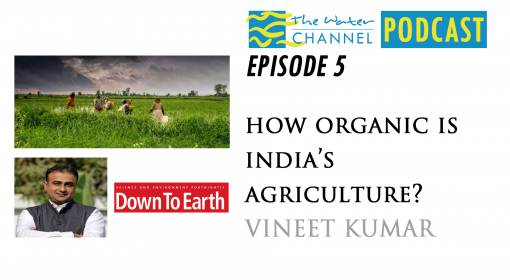Bioturbation is the mixing of (plant) residues into soils and sediments by biotic activity. It is one of the fundamental processes in ecology, as it stimulates decomposition, creates habitats for other (micro)fauna and increases gas- and water flow through the soil.
This time lapse movie shows bioturbation by 3 earthworms species:
– Lumbricus terrestris (an ’anecic’ earthworm, feeding on leaves and living in deep vertical burrows; 2 individuals present)
– Lumbricus rubellus (an ’epigeic’ earthworm, feeding on leaves and living in shallow, non-permanent burrows; 2 individuals present)
– Aporrectodea caliginosa (an ‘endogeic’ earthworm, feeding on decomposed organic matter and living deeper in the soil; 3 individuals present).
Poplar leaves were applied on top of the soil as food for the earthworms. Different soil layers were simulated by mixing a topsoil (rich in organic matter) with quartz sand in various ratios.
The recording lasted 1 month.
This movie was made in collaboration with scientists from the Department of Soil Quality of Wageningen University, The Netherlands.
Soil screening: I.M. Lubbers & J.W. van Groenigen
Marie Curie Alumni: G.B. De Deyn
Microphonography: Urban Utan
Time lapse photography © Wim van Egmond – 2014
With the support of the Marie Curie Alumni Association
More info: http://www.wageningenur.nl/en/Expertise-Services/Chair-groups/Environmental-Sciences/Department-of-Soil-Quality.htm
Produced by: Wim van Egmond
Year: 2015
Language: None
Region: Global
